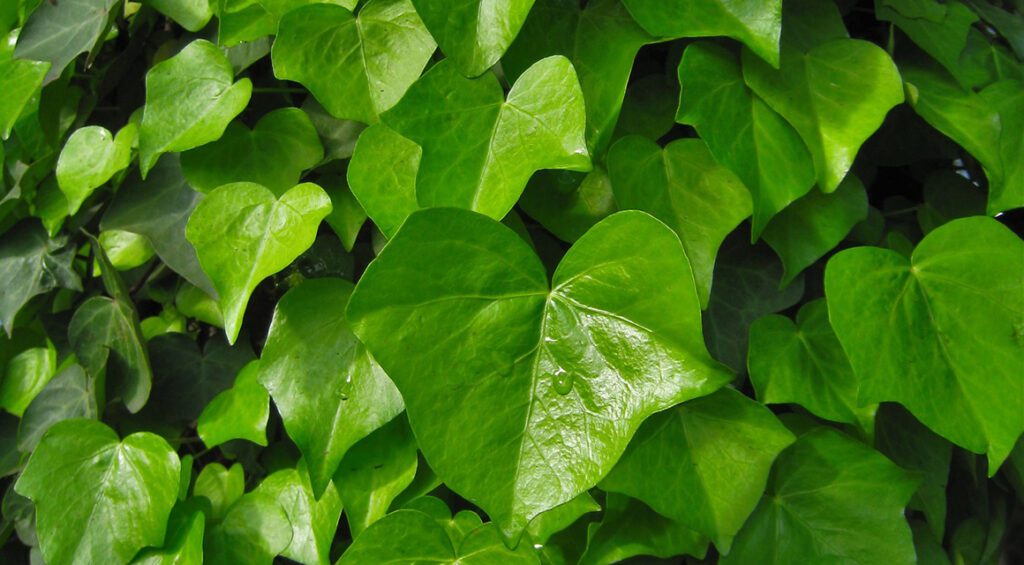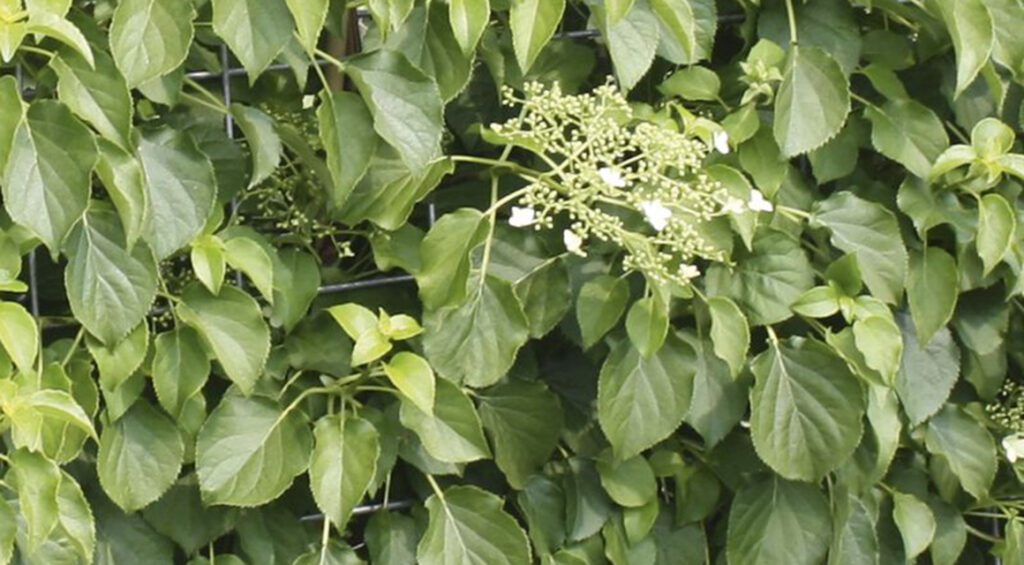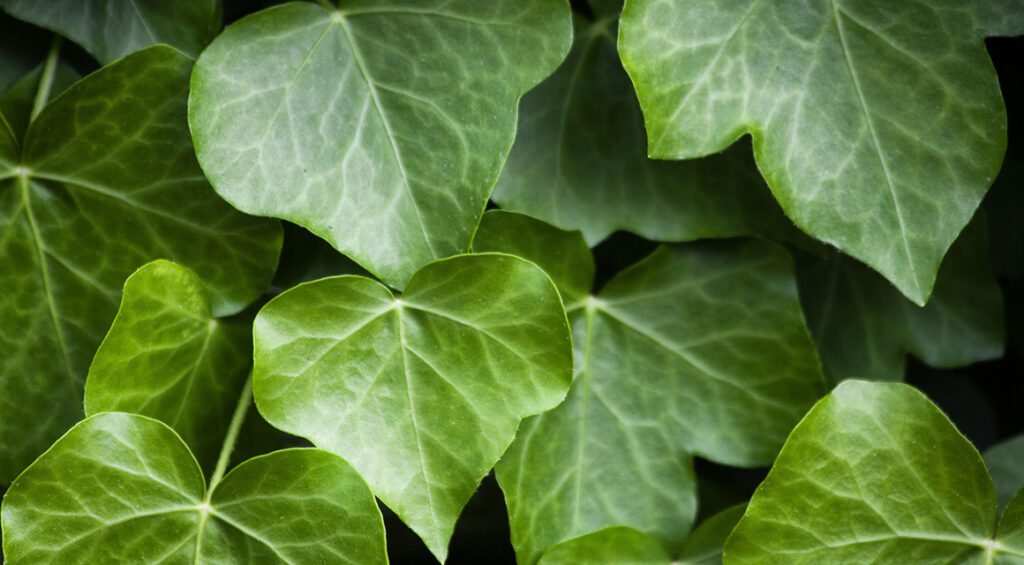Most people immediately think of a hedge plant as a tall, green and full plant that keeps prying eyes out of the garden and replaces the fence. While this is the function of the hedge, the plant itself does not have to be so tall and wide. There are several climbing plants that are suitable for hedges.

Contents
How to use a climbing plant as a hedge?
There are many different types of climbing plants, but for a hedge you are probably looking for a decorative and visibly dense climbing plant. In our online assortment we have two different types, namely ivy and climbing hydrangea. To make a beautiful hedge of these plants, it is best to build a framework around which the plant can grow. You can make this scaffolding as tall as you like, as our climbing plants will easily grow several feet high. In any case, high enough to make your garden opaque. The plants will then climb up themselves.
A hedge of ivy or climbing hydrangea has one big advantage and that is the shallow depth of the hedge. If you have a small garden, a normal hedge may immediately take up a large part of the garden and therefore be far too dominant in the design. An ivy hedge often does not get deeper than 10 cm, making it ideal for a small garden. This will give you a beautiful, green garden fence and still allow you to take full advantage of all the space in your garden. The climbing hydrangea is a little deeper.

The ivy
Ivy, Latin Hedera, is a very well-known evergreen climbing plant, which is often used to decorate walls or fences. The ivy species in our assortment are the common ivy (Hedera helix) and the Irish ivy (Hedera hibernica). Both varieties are evergreen and beautifully slender. This makes them ideal plants for creating a dense hedge that takes up little space. The care of ivy is very simple. It is a hardy plant that requires little attention. However, annual pruning is recommended.
Both Irish ivy and common ivy are fast growing plants. At about 50-75 cm per year, the hedge quickly reaches the desired height, and in addition, the ivy grows densely in a short time. Another advantage of ivy is that it is a plant that grows very well in the shade. Therefore, if you want to create a hedge in an unfavorable place in the garden, for example, overshadowed by a shed or another plant, the ivy can be the ideal solution. For the same reason, ivy is often used as a ground cover.
The differences between the Common Ivy and the Irish Ivy are hard to see to the untrained eye. The Common Ivy has a slightly smaller leaf than the Irish Ivy and a slightly finer texture. In winter, the Common Ivy retains all of its leaves, while the Irish Ivy may lose leaves in very bad weather. Irish Ivy has lighter colored leaves and a slightly sweeter fragrance than Common Ivy. So the differences between the two types of ivy are very small, but experienced gardeners can safely tell them apart.

The climbing hydrangea
Our other climbing plant is the climbing hydrangea. This is, as you probably guessed, a climbing variety of hydrangea (Hydrangea anomala petiolaris). Although the climbing hydrangea doesn’t stay as narrow as an ivy hedge, it’s still a fairly narrow hedge compared to many other hedge plants – and even more so compared to other hydrangea hedges. Climbing hydrangea is a deciduous hedge plant, which means it provides less winter privacy than an ivy hedge. Like ivy, this hydrangea is especially suited for planting in shade. Even better, it does not thrive well at all in full sun.
While the ivy has mainly a high ornamental value because it is nice and green and full, the climbing hydrangea has another big plus. The spherical flower clusters of this climber can reach 20 inches in diameter and are a beautiful sight to behold. As with many other hydrangeas, the dead flowers remain on the hedge plant, making it a special sight even in fall and winter. Pruning can be done after flowering, but you can also wait until the plant sprouts again in the spring.

Climbing plants as a ready hedge
The climbing plants in our assortment, as mentioned, grow quite quickly. This means that in a short time they can form a beautiful, full hedge. Do you not feel like waiting, or is it more convenient for you to buy the plant with a climbing frame? Then a prefabricated hedge is probably a better option. Our prefabricated hedges of ivy or climbing hydrangea are one meter wide and 180 cm high. This way, immediately after planting, you will have a beautiful, full hedge that provides plenty of privacy. Irish ivy is not currently available as a ready-made hedge.
Is a hedge of climbing plants of interest to you, or would you rather plant a traditional hedge of common yew, cherry laurel or thuja? Also among our popular hedge plants are wonderful options for narrow hedges, small gardens and places with lots of shade. Check out the rest of our assortment if climbing plants aren’t quite what you’re looking for!

